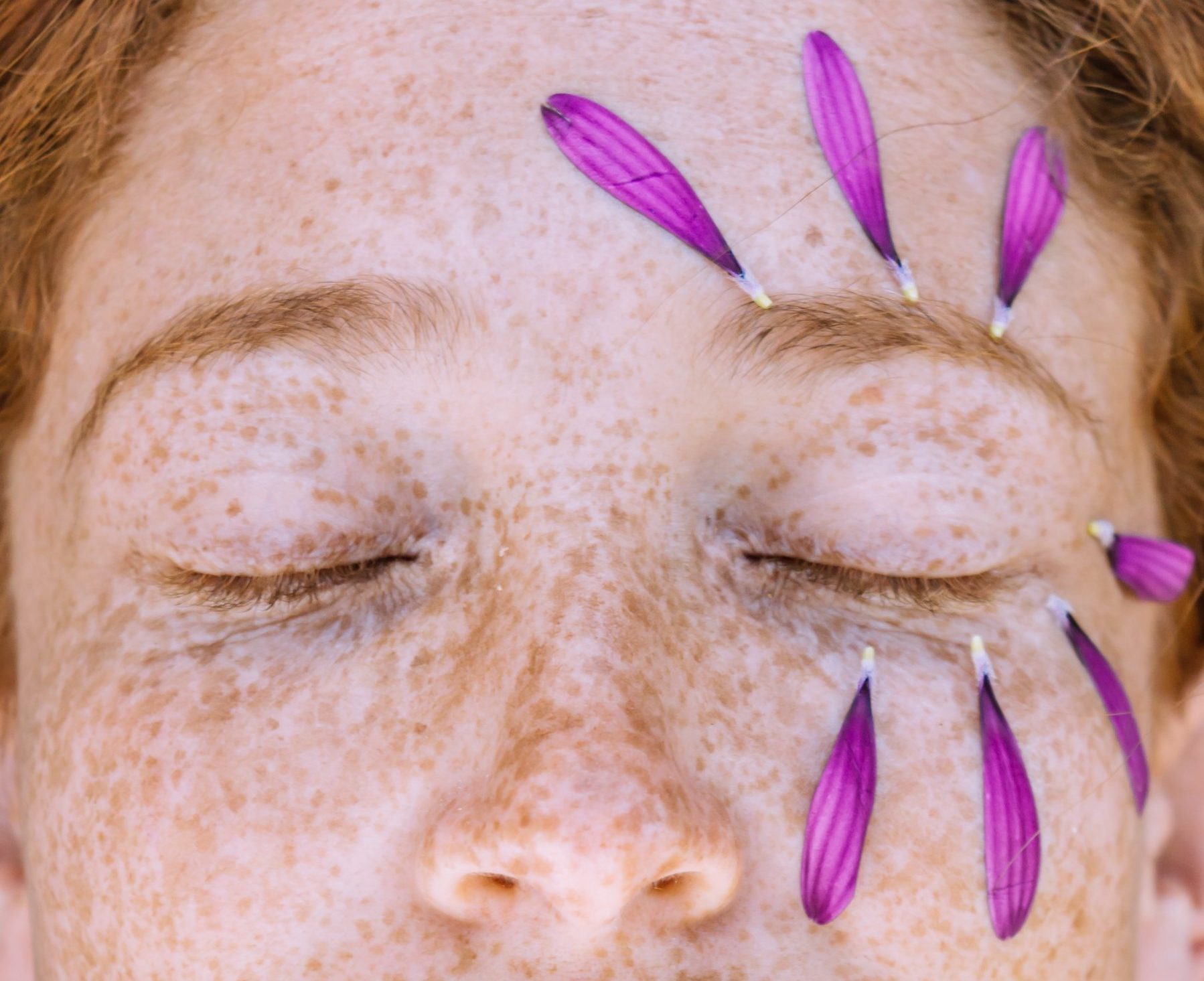Acne is one of the most common dermatological diseases affecting 90% of people during adolescence. But if some people forget about acne as a nightmare, for others acne leaves scars on the skin as a memory. The beautician tells how to get rid of post acne and even prevent their appearance in advance.
Asya Sedelnikova, dermatologist, beautician Candela Excellence Clinic
Why does acne remain?
There can be several reasons for the appearance after acne:
– Severe acne with the appearance of large, deep inflammatory elements. The larger the affected area, the more difficult it is for the skin to repair the damage. You can make an analogy with an ordinary cut: the larger it is, the more likely a scar will remain at the site of the wound even after it has healed.
– Independent extrusion of comedones and papular elements. Often this leads to additional trauma to the skin, scratching its surface and increasing the signs of inflammation.
– Frequent cauterization of acne with alcoholic products. Some drugs not only lead to rapid disappearance of acne, but also injure the skin at an existing site of inflammation.
How to prevent the appearance of post-acne?
The most effective way to deal with acne is prevention. Therefore, at the first signs of the appearance of acne, you need to contact a dermatologist, who will help you choose the right home care products and monitor the dynamics of the skin condition.
But if after acne still cannot be prevented, they can be corrected with the help of cosmetology or cosmetology.
How to get rid of post acne at home?
Manifestations after acne are so diverse that there is no single way to deal with them. Home care comes first.
Acid-containing products, especially azelaic and salicylic acids, are suitable for acne-prone and post-acne skin. It will prevent the appearance of comedones, gently exfoliate and reduce post-inflammatory hyperpigmentation.
Products containing antioxidants (for example, vitamin C) prevent the oxidation of lipids on the surface of the skin and reduce post-acne acne, which manifests itself in the form of burgundy-purple spots.
And of course retinol is the gold standard in the treatment of both acne and its consequences. Read more about its properties and effect on the skin, we wrote about it here.
And remember that you should always consult a cosmetologist or dermatologist before starting an acid or retinol course.
What cosmetic procedures will help?
Post-acne symptoms such as stagnant spots can be minimized with the help of cosmetics. Cicatricial changes will never go away on their own, and only a cosmetologist will help them.
Already at the stage of acne treatment, hardware procedures effectively help prevent further development of post-acne. The following procedures are suitable for this:
– Chemical peeling. It will exfoliate the horny scales of the skin, increase blood flow and accelerate the dissolution of stagnant spots.
– Phototherapy (IPL, BBL, SWT). The procedure will target melanin and hemoglobin, resulting in a reduction in the severity of pigmentation and stagnant spots.
– Treatment with pulsed dye laser and infrared neodymium laser. This will lead to thickening of the enlarged vessels in the area of old inflammation, normalize blood flow and the immune response of the skin.
If at the prevention stage it is not possible to prevent the formation of scars, they will help to cope with:
– Non-ablative fractional laser resurfacing. By creating microthermal zones on the skin, the laser helps to gently correct the lightening of scars and stimulate collagen regeneration. Rehabilitation after such procedures is 3-5 days, but to achieve a pronounced effect, you need to go through a course of treatment.
— Microneedle RF therapy leads to tissue remodeling and a reduction in the severity of cicatricial deformities. It copes well with atrophic scars, but in the presence of hypertrophy it is better to prefer other methods.
— Ablative continuous or fractional resurfacing with an erbium or CO² laser. It quickly smoothes the surface of the skin and improves its quality. But these procedures are quite traumatic and require proper preparation and long-term rehabilitation. It may take several episodes of treatment to achieve the desired effect, but the intervals between them will be long – at least three to four months.
— The picosecond laser with Resolve technology can be considered the most promising and modern scar treatment method. An impulse lasting a trillionth of a second leads to the formation of micro-voids in the dermis, which, when healed, restore the normal structure of the tissue. A series of procedures is required to achieve a noticeable result, but rehabilitation takes only a few hours and allows you to perform the procedures without leaving your normal life schedule, even during your lunch break.
Source: People Talk
I am Anne Johnson and I work as an author at the Fashion Vibes. My main area of expertise is beauty related news, but I also have experience in covering other types of stories like entertainment, lifestyle, and health topics. With my years of experience in writing for various publications, I have built strong relationships with many industry insiders. My passion for journalism has enabled me to stay on top of the latest trends and changes in the world of beauty.

